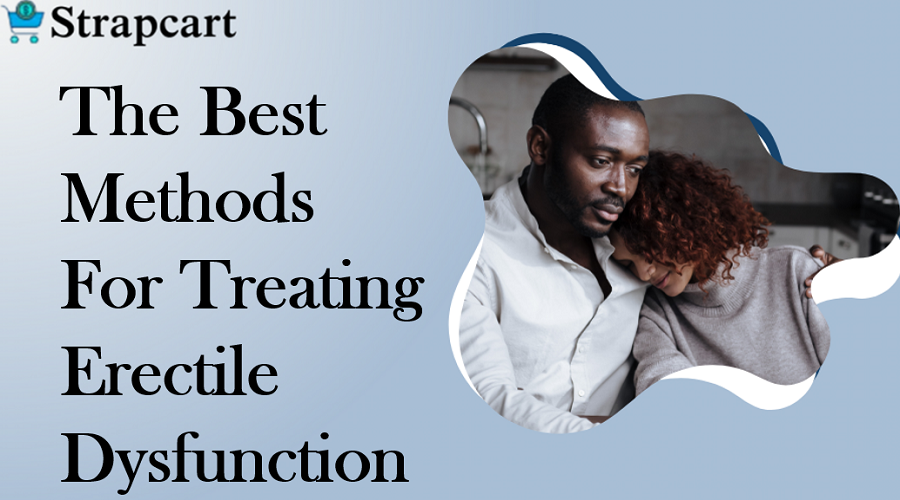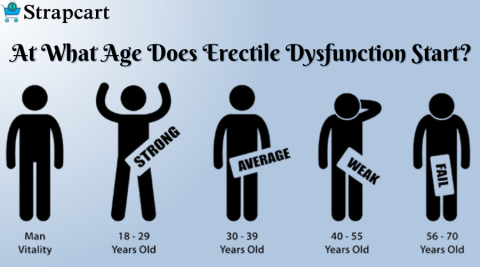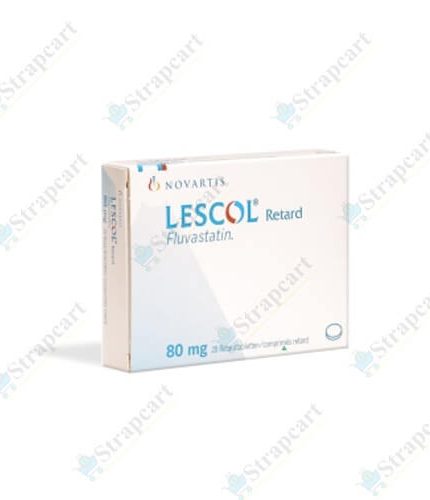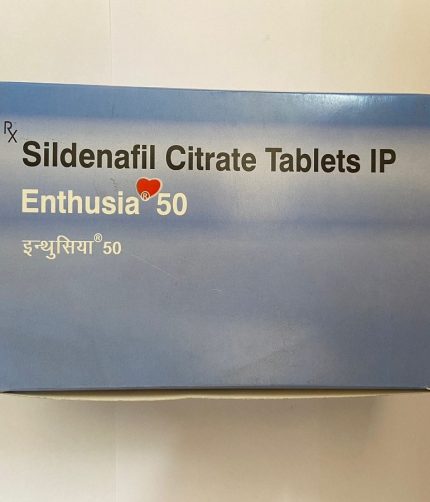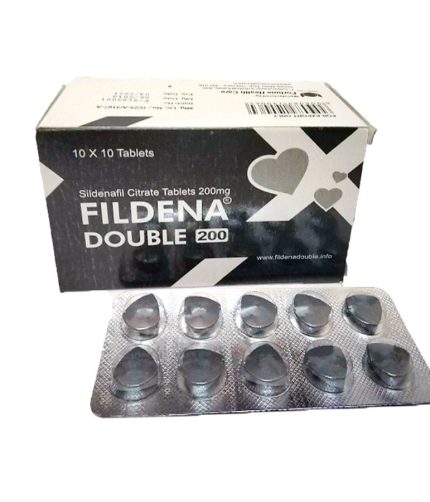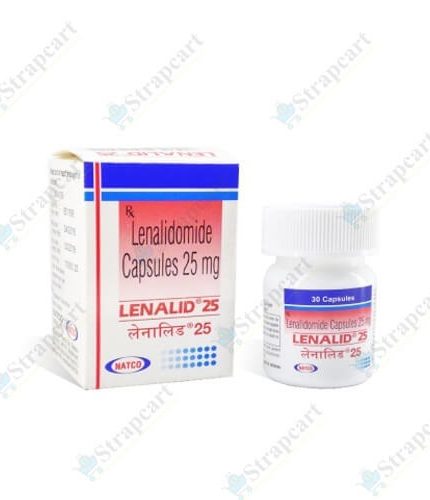Key Point
Erectile dysfunction (ED), defined as the inability to maintain an erection, affects a significant number of men due to various factors. It is often associated with physical health conditions such as cardiovascular disease, diabetes, obesity, and low testosterone levels. Furthermore, psychological issues, circulatory disorders, hormonal fluctuations, and nerve damage can also play a role in the development of this condition.
While medications like sildenafil (Viagra) are widely recognized as a treatment for Erectile dysfunction, they are not the only available alternatives. Research from the University of the West in the United Kingdom has shown that pelvic exercises can help approximately 40 percent of men with ED regain normal erectile function, with an additional 33.5 percent reporting notable improvements. Further investigations indicate that pelvic muscle training may be advantageous not only for ED but also for a range of pelvic health issues.
Pelvic floor exercises, often called Kegel exercises, are designed to enhance the strength of the muscles situated within the pelvic floor. Although these exercises are frequently associated with women, who utilize them to prepare for childbirth and to restore muscle tone afterward, they also promote urinary continence and enhance overall sexual health.
Men can also benefit from Kegel exercises, particularly in fortifying the bulbocavernosus muscle. This essential muscle has three main functions: it enables blood flow to the penis during an erection, assists in ejaculation, and aids in the expulsion of urine from the urethra.
Exercises with Kegel for Erectile Dysfunction and Premature Ejaculation
Kegel exercises, commonly referred to as pelvic floor exercises, have demonstrated efficacy in the treatment of erectile dysfunction and should be regarded as a primary therapeutic option. The chiocavernosus and bulbocavernosus muscles, situated in the pelvic area, encircle the penis and are essential during the process of erection. The following exercises aim to strengthen these specific muscles.
To locate the pelvic floor muscles, a practical method involves intermittently halting the flow of urine while urinating. The muscles activated during this action are the ones that need to be strengthened.
To perform a series of Kegel exercises, contract these muscles, hold the contraction for five seconds, and then release. It is advisable to repeat this sequence 10 to 20 times, two to three times each day. Practicing these exercises in different positions, such as lying down with knees bent, sitting in a chair, or standing, may also prove beneficial. Fildena 50 is indicated for the treatment of erectile dysfunction.
Aerobic Exercise Is Beneficial for Erectile Dysfunction
Weight management: Excess body weight can lead to or worsen erectile dysfunction (ED), and participating in aerobic exercise is among the most effective remedies. Urologist Evan Shreck, MD, a specialist in Erectile dysfunction at the Tall Wood Urology & Kidney Institute at MidState Medical Center in Meriden, emphasizes that sustaining a healthy weight is crucial for the prevention of ED.
Addressing related health issues: Health conditions like diabetes and hypertension can increase the likelihood of developing Erectile dysfunction. Regular physical activity is essential for managing these conditions effectively.
Enhancing blood circulation: Aerobic exercise supports cardiovascular health and enhances blood circulation, which is critical for ensuring sufficient blood flow to the penis. Improved blood circulation through exercise can lead to better erectile function.
Hormonal regulation: Regular aerobic exercise can boost testosterone levels and assist in regulating other hormones that affect sexual performance.
Mitigating stress: Many individuals may not realize that stress can be a significant factor in erectile challenges. Engaging in physical activity is an established approach to alleviating stress.
Preparing for intimacy: Engaging in sexual activity is a form of physical exertion. It is vital to maintain physical fitness and cardiovascular health to fully engage in such activities.
Activities for Improving Erectile Function
To improve erectile function, you must incorporate regular physical exercise into your everyday routine. The following is a list of the most beneficial exercises to consider adding to your fitness regimen.
Exercises for the Pelvic Floor
One of the most prevalent and advantageous exercises for addressing erectile dysfunction is Kegel exercises, which focus on strengthening the pelvic floor muscles. When performed correctly, Kegel exercises serve as an effective method for achieving this goal.
In men, these exercises specifically target the bulbocavernosus muscle, which plays a crucial role in enabling the penis to engorge with blood during an erection, facilitating ejaculation, and ensuring the urethra is cleared after urination. By focusing on this muscle, individuals may attain longer-lasting and more satisfying erections.
Integrating Kegel exercises into a daily regimen, practiced multiple times throughout the day, is likely to yield significant benefits. Additionally, Kegel exercises can be conducted discreetly in almost any environment. In addition to engaging in physical exercise, men may also consider utilizing Aurogra 100 as a treatment for erectile dysfunction.
Furthermore, Kegel exercises are acknowledged for their capacity to address other concerns, such as urinary incontinence and various common urinary issues, while also enhancing overall sexual health.
The Best Erectile Dysfunction Drugs
How to Do Kegel Workouts at Your Own Pace

Before commencing Kegel exercises, it is recommended to locate the bulbocavernosus muscle. The most effective and simple way to do this is by interrupting the flow of urine multiple times while urinating. The muscle engaged in this action is the one that should be focused on during Kegel exercises. It is crucial to ensure that you are not unintentionally contracting the muscles in your buttocks, abdomen, or legs, as this will not produce the desired results.
To perform basic Kegel exercises, you can start in a lying, sitting, or standing position. Contract the bulbocavernosus muscle and hold the contraction for three seconds. Afterward, release and repeat this process three to five times. For best results, aim to carry out this routine at least three times daily. Some individuals may encounter subtle symptoms without realizing their presence until they seek medical help; they might contemplate the use of tfil as a remedy for erectile dysfunction.
As your muscle strength increases, gradually lengthen the duration of your contractions from three seconds to five seconds, and so on. Challenge yourself to maintain the contraction for longer periods. The ultimate goal is to hold the muscle for a minimum of ten seconds, five times, at least three times a day.
Furthermore, several other pelvic floor exercises can be added to your routine. These include:
| Super Kegels
Constrict the pelvic muscles and maintain the contraction for the maximum duration achievable, ideally targeting 10 seconds or longer.
Subsequently, relax the muscles for an equivalent period. This procedure should be repeated 10 to 15 times.
| Quick Flicks
Rapidly tighten and relax the pelvic muscles in quick succession, performing this action 10 to 15 times.
| Elevator Kegels
Envision your pelvic floor muscles as an elevator. Start by softly contracting the muscles, resembling an elevator moving upward, and then gradually relax them, akin to an elevator moving downward.
Repeat this process 10 to 15 times.
| Bridge Exercise
Assume a supine position with your knees bent and your feet flat on the floor.
Lift your hips toward the ceiling while consistently activating your pelvic floor muscles throughout the entire motion.
Hold this position for a few seconds before slowly bringing your hips back to the initial stance.
Aim to perform 10 to 15 repetitions.
| Squats
Stand with your feet placed shoulder-width apart.
Flex your knees and descend into a squat position.
When rising back to a standing posture, activate your pelvic floor muscles.
Complete this exercise for a total of 10 to 15 repetitions.
| Inner Thigh Squeeze
Take a seated or reclined posture, ensuring your knees are bent and your feet are placed flat on the floor.
Put a tiny cushion or ball between your thighs.
To bring your thighs together, engage your pelvic floor muscles.
Sustain this contraction for a few seconds before releasing.
Perform this exercise 10 to 15 times.
Breathing Diaphragmatically
Engage in deep breathing exercises, emphasizing the relaxation of your diaphragm while concurrently activating your pelvic floor muscles during the exhalation phase.
This approach fosters the synchronization of the diaphragm with the pelvic floor muscles, thereby enhancing overall pelvic health.
The more effort you invest in fortifying these muscles, the greater the likelihood of achieving positive outcomes. It is essential to understand that results will not be instantaneous. Like any muscle group, these muscles require time to develop and strengthen, so it is recommended to allow four to six weeks before anticipating noticeable changes.
Exercise Tip: If you find it challenging to identify your pelvic floor muscles, focus on the sensation of contracting the muscles around your anus. This method may facilitate the execution of Kegel exercises and improve results.
It is crucial to seek advice from a healthcare professional or physical therapist if you are uncertain about the correct performance of these exercises or if you have any pre-existing health concerns. They can offer personalized guidance tailored to your requirements
Exercise-Related Oxygenation Can Increase Blood Flow
The penis depends on a limited blood supply, which requires a sufficient flow of oxygenated blood to facilitate an erection. Participating in physical exercise can improve the delivery of oxygen to the penis and the adjacent muscles, potentially offering a positive strategy for managing erectile dysfunction.
Some Men May Find That Exercise Helps Them Get Better Erections
Regular engagement in physical activity can improve erectile function for certain men, while all individuals can benefit from regular exercise. Participating in physical exercise is essential for maintaining overall health and fitness, and it provides additional benefits that are particularly significant for those dealing with erectile dysfunction (ED).
Physical activity is essential for improving overall health and wellness. Regular physical activity helps in achieving and maintaining a healthy weight, while also reducing the risk of heart disease and type 2 diabetes by effectively managing blood pressure and cholesterol levels. It promotes an increase in HDL (good) cholesterol and a reduction in LDL (bad) cholesterol, as well as lowering blood glucose and triglyceride levels. Additionally, exercise decreases markers of inflammation, such as C-reactive protein (CRP), and improves blood circulation to various organs, including the penis. This enhanced blood flow can support extended sexual activity without the risk of painful bruising or tissue damage that may arise from inadequate circulation due to ED. For those exploring treatment options, medications like Vidalista Black 80 may are worth considering.
Yoga

Yoga provides a holistic method for tackling the issues related to erectile dysfunction. While certain yoga techniques focus on strengthening the pelvic floor muscles, the benefits of incorporating yoga into one’s fitness routine reach well beyond this aspect. A key advantage is its capacity to reduce stress. Chronic stress and anxiety can lead to elevated cortisol levels, which negatively impact sexual performance. The focus on deep breathing, meditation, and relaxation practices in yoga plays a crucial role in lowering cortisol levels, thereby creating a tranquil mental environment conducive to healthy sexual function.
Moreover, many yoga postures involve the stretching and contracting of various muscle groups, which enhances overall circulation, including in the pelvic area. By promoting the relaxation and enlargement of blood vessels, which are essential for obtaining and sustaining erections, this increased blood flow guarantees the best possible oxygen delivery to tissues.
When Physical Activity Doesn’t Help
While these exercises are effective for many men experiencing erectile dysfunction, they may not be suitable for every individual. If lifestyle changes such as diet and exercise prove insufficient, it is advisable to consult your urologist.
At Urology Specialists of the Carolinas, we specialize in the treatment of erectile dysfunction among various other medical concerns. Our team can assist you in incorporating a nutritious diet and a tailored exercise program into your daily life, while also providing effective treatment options for erectile dysfunction.
Our board-certified urologists are committed to educating, listening, and guiding you through the challenges associated with erectile dysfunction. You need not suffer in silence—allow our expert team to help you overcome erectile dysfunction permanently. Schedule an appointment at your nearest Urology Specialists Center today!
Last Word |
|
For numerous men, participating in regular physical activity is an essential aspect of sustaining a healthy lifestyle. Engaging in exercise can improve overall health and facilitate better sleep quality. Furthermore, for some men facing erectile dysfunction (ED), physical activity may provide a pathway to enhance erectile function. If you are experiencing ED and are contemplating the inclusion of exercise in your regimen, it is prudent to seek guidance from your healthcare provider regarding the suitable level of exercise that could be advantageous. Activities such as Kegel exercises may assist in strengthening the pelvic floor muscles, which may aid in men’s erectile function recovery. Erectile dysfunction can result from a range of underlying factors. In certain instances, it may merely be a side effect of specific medications. Additional contributing factors may include stress from the workplace, difficulties in personal relationships, or underlying depression. |


